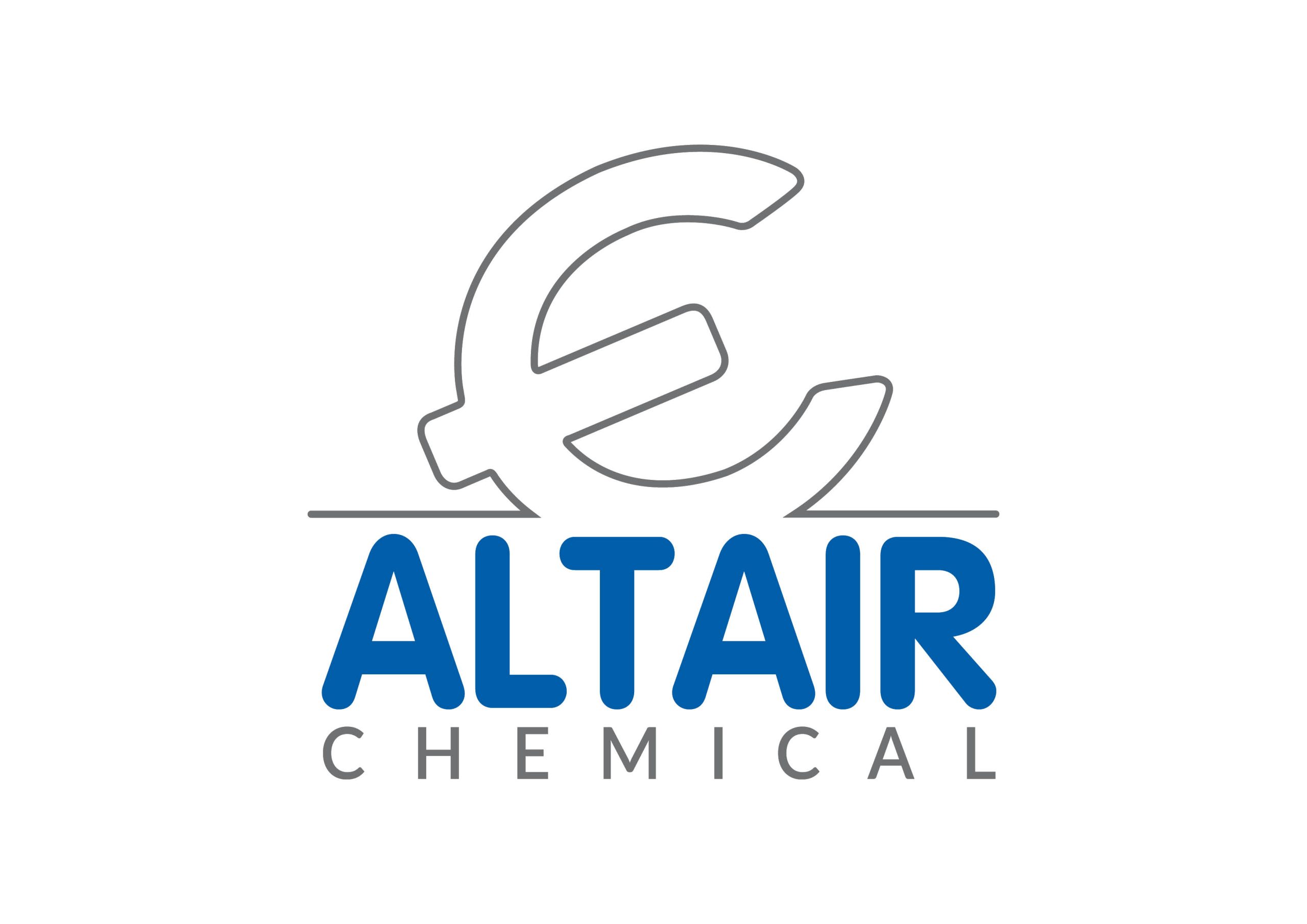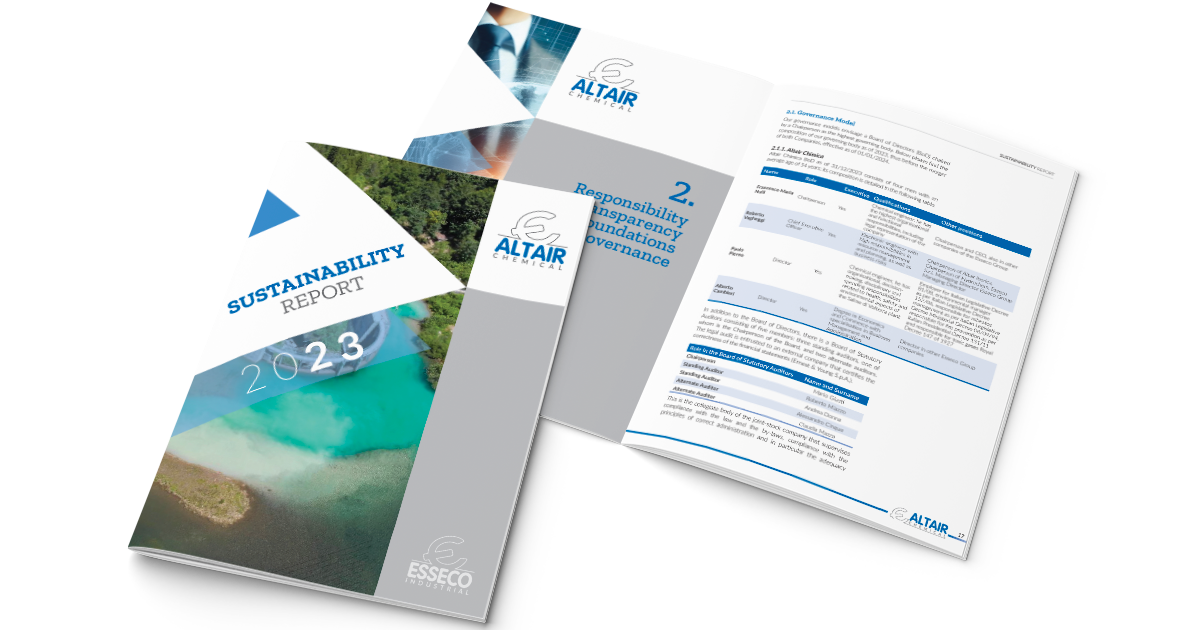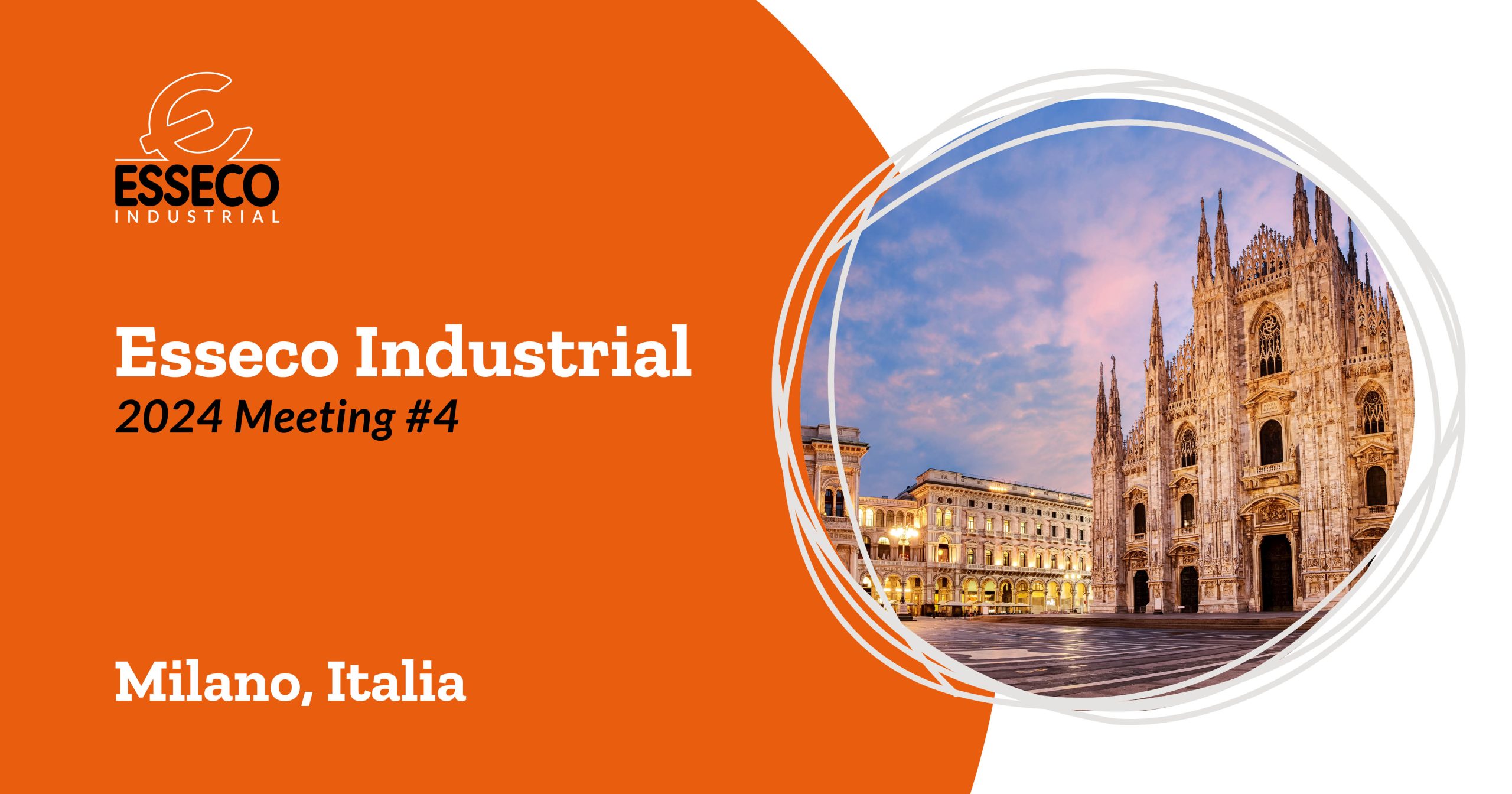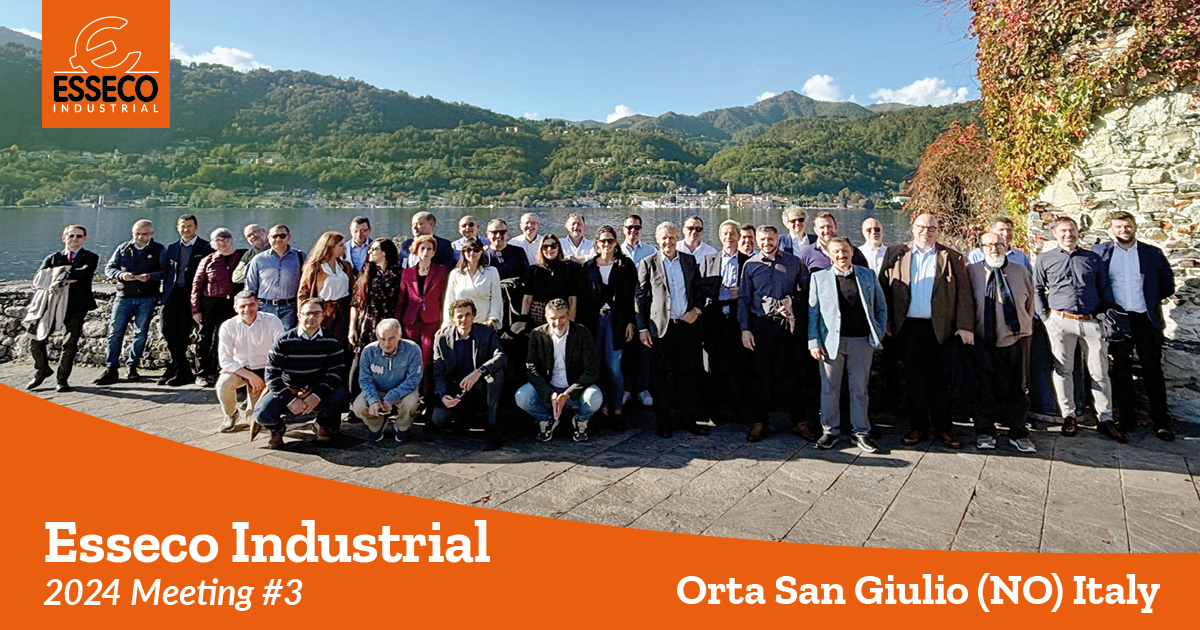The launch of a research project to improve the energy efficiency of production processes, reduce…
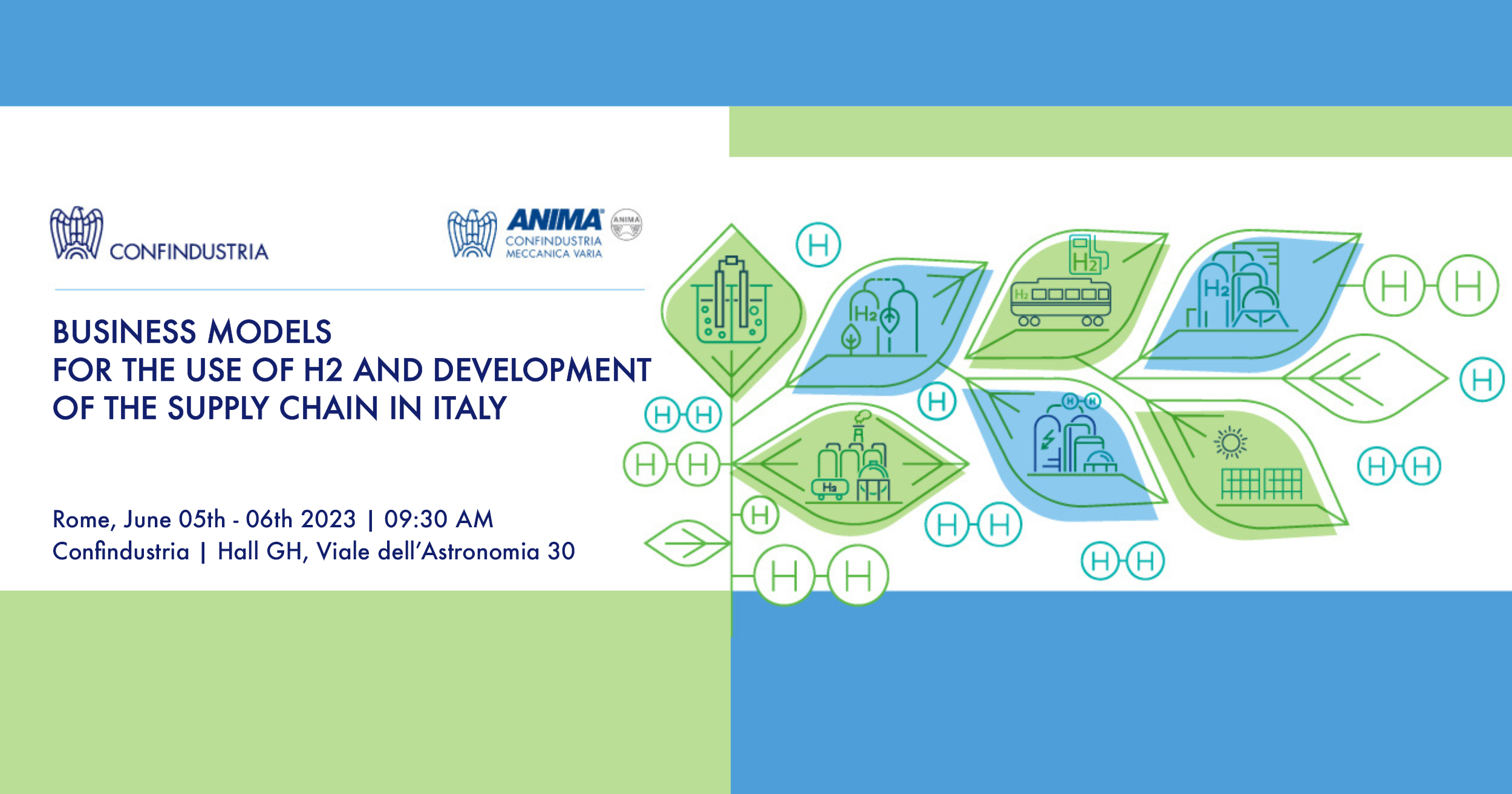
What business models should be developed to advance the hydrogen supply chain in Italy? This is the central question at the event organized by Confindustria in Rome on June 5th and 6th. Two days dedicated to analyzing real-life cases and concrete examples across different sectors to actively contribute to building the hydrogen supply chain in our country, in line with the objectives of the National Recovery and Resilience Plan and the national and European hydrogen strategies.
A journey towards the energy transition that also features the Esseco Group prominently. In a “hard to abate” sector like industrial chemistry, which is highly energy-intensive, steps have been taken and plans are being made to increase the sustainability of its production processes, contributing to the development of the renewable hydrogen sector.
HYDROGEN AT PIEVE VERGONTE
At the Pieve Vergonte (VB) site, sodium and potassium chloride are transformed into commercial products such as caustic soda, caustic potash, hydrochloric acid, sodium hypochlorite, and chlorotoluenes/dichlorotoluenes. In the production process, excess hydrogen resulting from electrolysis, not used for hydrochloric acid production, is utilized to meet part of the plant’s thermal needs. This way, it covers 2 MW of the company’s energy needs.
Hydrogen is used to reduce methane consumption for steam generation serving the distillation column. Thanks to 75% green electricity produced by hydroelectric plants, the Pieve Vergonte site is one of the few chemical realities in the country that can be considered sustainable from an environmental standpoint.
Today, Altair Chemical is working on future projects for the production of green hydrogen, which will supplement the hydrogen already produced by the existing chlor-alkali and chlor-potash facilities, which, as described, are predominantly powered by hydroelectric energy.
